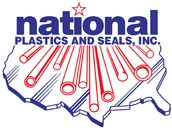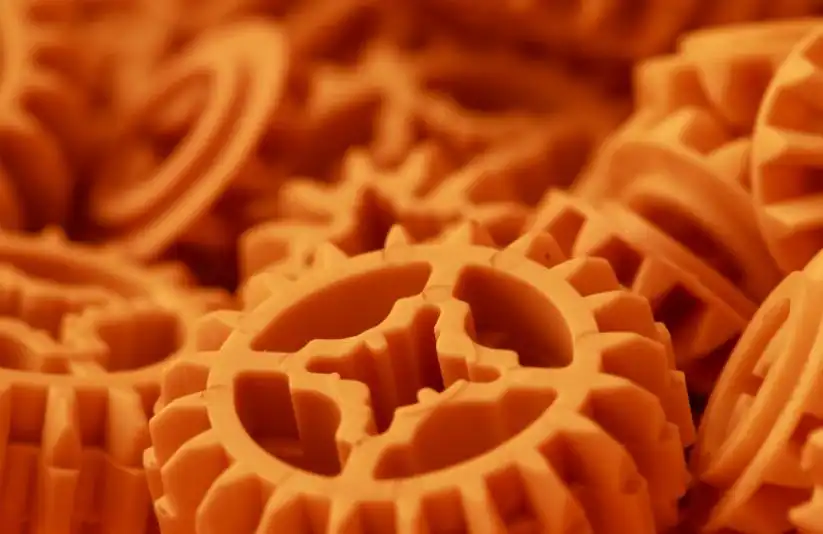Choosing the Right Heat Shrink Tubing
Leave a CommentHeat shrink tubing provides added protection and is a common choice for securing wires and electrical connections. Choosing the right heat shrink tubing is the key to a smooth project. Some of the best ways to ensure you’re making the right choice is to:
- Consider the application environment, such as temperatures, weather, potential contaminants, and more.
- Ensure it meets the right certifications and standards for your industry.
- Based on your application’s needs, decide the color, expanded ID, recovered ID, recovered wall thickness, and material.
In this guide, we’ll go over the various factors to keep in mind when choosing the best heat shrink tubing, as well as their common materials.
Heat Shrink Tubing Considerations
Because heat shrink tubing protects wiring and electrical lines from the environment, it needs to be able to keep all potential environmental hazards at bay. The exact conditions can vary from location to location, so it’s important to keep these heat shrink tubing considerations in mind:
Abrasion or Flex Damage
Electrical lines and wiring will shift over time. Above-ground installations may be bumped, moved, or pushed against; even below-ground installations may encounter some flex as the ground expands and compresses in the weather. The right heat shrink tubing material will be able to handle the physical hazards in your intended application environment.
Arc Flash
An arc flash occurs when an electric current leaves its path and travels through the air to the ground, or from one conductor to another. In this case, the proper heat shrink material would encase the wiring and provide sufficient resistance to ensure electrical current stays on course.
Exposure to Chemicals
Almost no locations are free from the risk of chemical contaminants. Assess the likely chemicals, including solvents, chemical salts, oils, and greases, present in your application environment. You may need specialized materials or multiple/thick layers of protection to ward away particularly caustic or pervasive substances.
Exposure to the Elements
In outdoor or partially enclosed environments, protection against harsh temperatures isn’t enough. The material must also be strong enough to withstand rain, snow, abrasive winds, and direct or indirect UV exposure.
Exposure to Temperature Extremes
Very cold or very hot climates present different risks to the effectiveness of heat shrink tubing. Even if the line is buried and out of direct exposure, temperatures can reach deep into the ground. Make sure you choose a heat shrink tubing material that can withstand extreme heat and cold, or large variations in temperature.
Fire Risks
The heat shrink tubing you choose needs to both halt the spread of a fire and mitigate the risk of an external flame from reaching and damaging the wires; this is also referred to as flame-retardancy.
Moisture
Virtually every environment will have moisture, ranging from ambient humidity to rainfall or even proximity to marine spaces. Determine the amount of water, frequency of exposure, and duration of exposure the heat shrink material needs to be able to protect the wiring against.
Common Heat Shrink Materials
Now that you know what to look for, consider the properties of commonly used heat shrink materials to find the right fit for your needs. Common material options include:
- Fluoroelastomers. This material is flexible, even at cold temperatures. It can also resist diesel and fluid damage.
- Fluoropolymers (PTFE). PTFE has multiple grades, including a medical grade variation. This material can also operate reliably across hot and cold temperatures.
- PET. Polyethylene terephthalate is strong, clear, and comes in food-safe options.
- Polyolefins. This material is well-regarded for its insulative ability. It can be used in a wide range of manufacturing and industrial use cases.
- PVC. PVC is flexible, easy to work with, and can handle physical impact without degrading. However, it does have a relatively low-temperature resistance.
Choose Heat Shrink Tubing From National Plastics & Seals, Inc.
Choosing the right thickness, material, and characteristics of your heat shrink tubing can make all the difference for protecting electrical wiring long-term. At National Plastics & Seals, we specialize in formulating and producing high-quality heat shrink tubing that can work in a variety of conditions. We excel at customer service and meeting the needs of clients with custom projects and specifications. Contact us today to learn more about our products or request a quote to get started.


